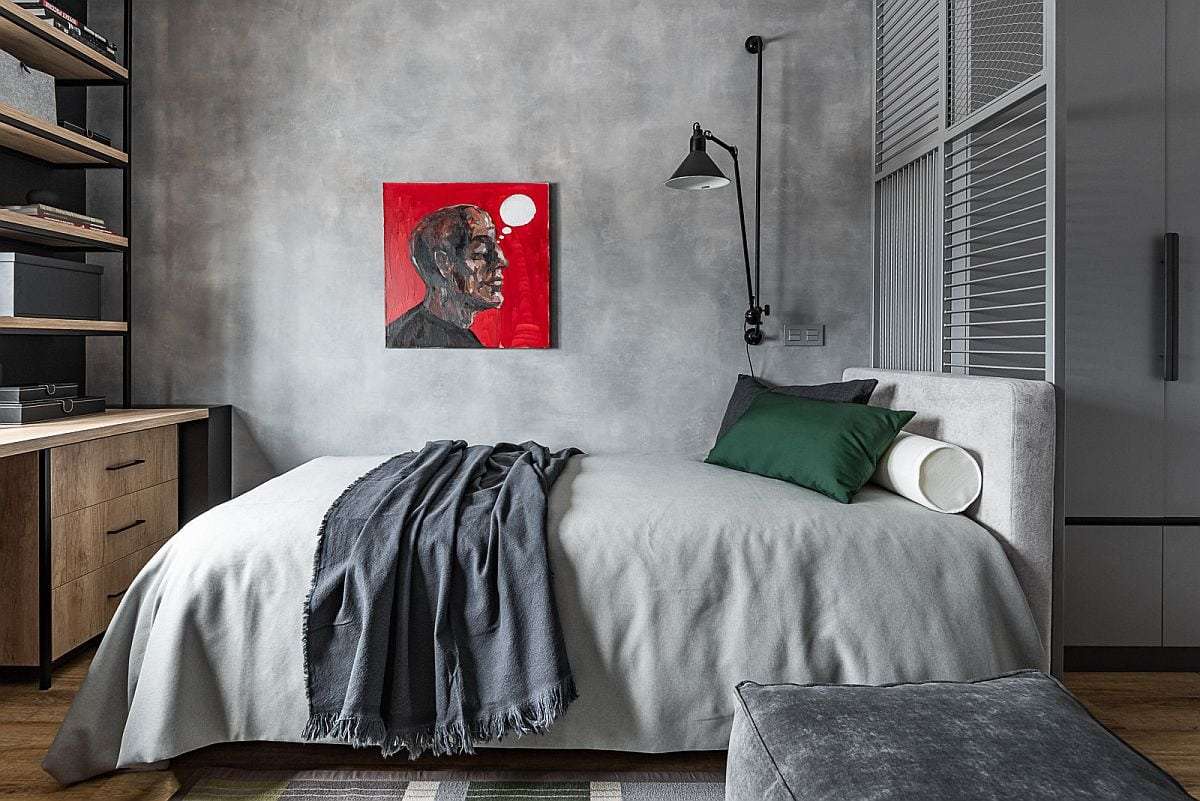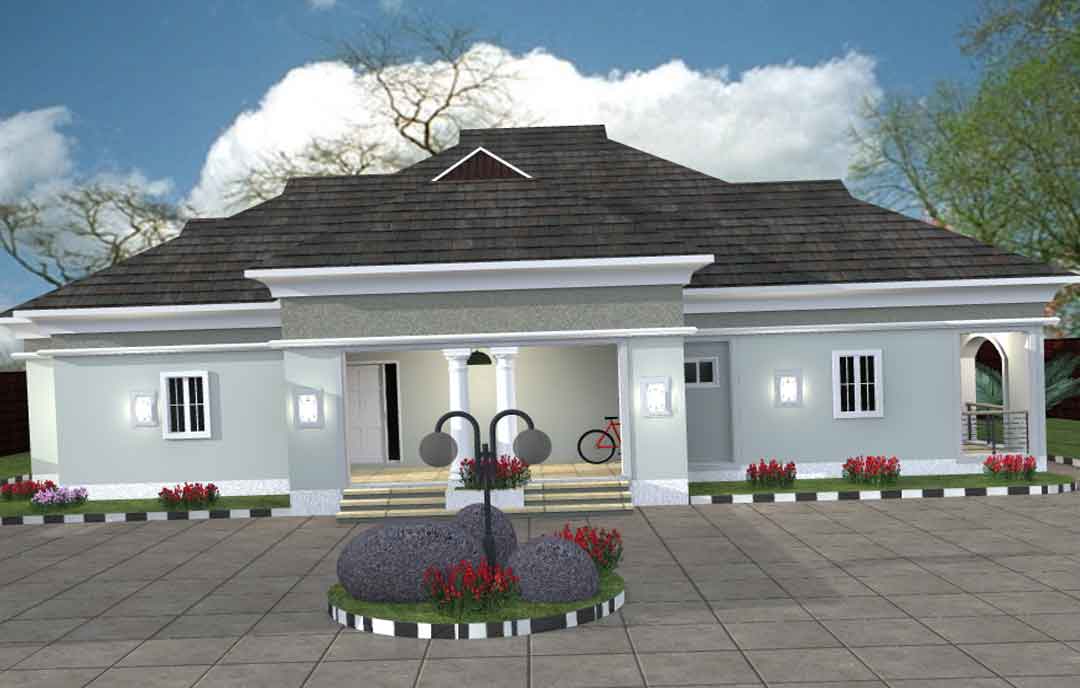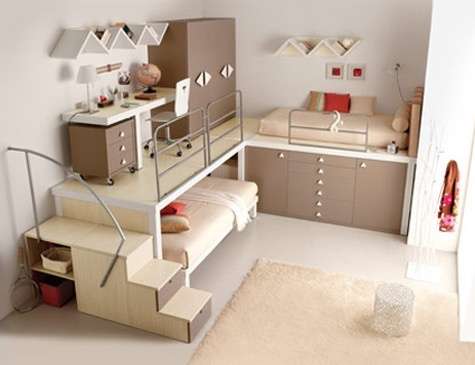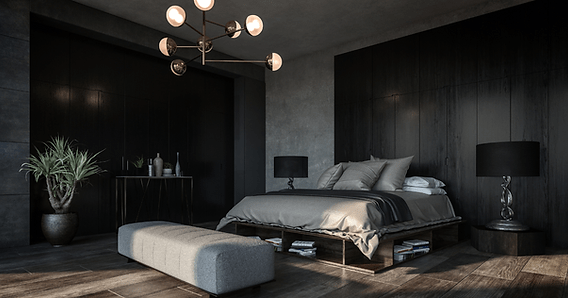Creating a functional and aesthetically pleasing bedroom interior design with a study table requires careful consideration of space, lighting, and overall style. The goal is to craft a harmonious environment that supports both relaxation and productivity. Integrating a study table seamlessly into the bedroom requires a strategic approach to furniture selection and layout, ensuring it complements the existing decor and enhances the room’s overall ambiance. A well-designed bedroom interior design with a study table can transform a simple sleeping space into a multifunctional haven.
Maximizing Space and Functionality
One of the biggest challenges when incorporating a study table into a bedroom is maximizing space. Here are some strategies:
- Corner Desks: Utilize often-underutilized corner spaces with a corner desk. These maximize surface area without taking up too much floor space.
- Floating Desks: A floating desk mounted to the wall creates a minimalist look and frees up floor space underneath for storage or legroom.
- Multifunctional Furniture: Opt for furniture that serves multiple purposes. For example, a bed with built-in storage can free up space for the study area.
Choosing the Right Study Table
The selection of the study table itself is crucial. Consider these factors:
- Size: The table should be large enough to accommodate your work needs, but not so large that it overwhelms the room.
- Style: Choose a style that complements the existing bedroom decor. A sleek, modern desk might suit a minimalist bedroom, while a rustic wooden desk would be perfect for a more traditional space.
- Material: Consider the durability and aesthetics of different materials. Wood, metal, and glass are all popular choices.
Optimizing Lighting
Proper lighting is essential for a productive study space. Here’s how to optimize it:
- Natural Light: Position the desk near a window to take advantage of natural light.
- Task Lighting: A good desk lamp is crucial for focused work. Choose a lamp with adjustable brightness and a flexible arm.
- Ambient Lighting: Ensure the room has adequate ambient lighting to prevent eye strain;
Creating a Harmonious Design
Integrating the study area seamlessly into the bedroom requires careful attention to design details. This can involve color schemes, the positioning of various elements, and even the style of the chair. Here’s a comparison table to help you decide which style best suits your needs.
| Style | Description | Best For |
|---|---|---|
| Minimalist | Clean lines, neutral colors, minimal clutter | Small bedrooms, those who prefer a distraction-free environment |
| Bohemian | Eclectic mix of patterns and textures, natural materials | Creative individuals, those who enjoy a relaxed atmosphere |
| Industrial | Exposed brick, metal accents, vintage pieces | Those who appreciate a raw and edgy aesthetic |
Ultimately, the key to a successful bedroom interior design with study table lies in creating a space that is both functional and aesthetically pleasing. By carefully considering the layout, furniture selection, and lighting, you can create a bedroom that is perfect for both relaxation and productivity. Remember to personalize the space to reflect your individual style and needs.
PERSONALIZATION AND FINISHING TOUCHES
Once the major elements are in place, it’s time to add personal touches that will make the space your own. These finishing touches are crucial for creating a bedroom that feels both comfortable and inspiring. Consider the following:
– Artwork: Hang artwork that you find inspiring or calming. Choose pieces that complement the color scheme and overall style of the room.
– Plants: Introduce greenery to the space. Plants not only add visual appeal but also improve air quality.
– Organization: Keep the study area organized with storage solutions like shelves, drawers, and boxes. A clutter-free workspace promotes focus and productivity.
– Comfort: Don’t forget about comfort! A comfortable chair is essential for long study sessions. Add a cozy blanket or throw pillows to make the space more inviting.
ADDRESSING COMMON CHALLENGES
Incorporating a study table into a bedroom isn’t always straightforward. Here are some common challenges and how to overcome them:
– Limited Space: If you have very limited space, consider a folding desk that can be stowed away when not in use.
– Distractions: Minimize distractions by creating a dedicated study zone. Use screens or dividers to separate the study area from the sleeping area. Noise-canceling headphones can also be helpful.
– Lack of Storage: Maximize vertical space with shelving units. Use baskets and containers to organize supplies;
MAINTAINING A BALANCED ENVIRONMENT
It’s important to maintain a balance between work and rest in the bedroom. The bedroom should primarily be a place for relaxation and sleep, so avoid letting the study area take over the entire space. Designate specific times for studying and avoid working in bed. Here’s an additional table to help you think about the pros and cons of study table placement:
Placement
Pros
Cons
Near Window
Optimal natural light, fresh air
Potential for distraction, glare on screen
Against Wall
Space-saving, provides a sense of security
May feel confined, less natural light
Corner
Utilizes unused space, creates a defined study area
Can feel cramped if not well-lit, may require custom desk
Creating a bedroom interior design with a study table that is both functional and inviting is achievable with careful planning and attention to detail. Remember to prioritize space optimization, lighting, and personalization to create a harmonious environment that supports both work and rest. The bedroom should be your sanctuary, and your study space should fit within that with ease.






